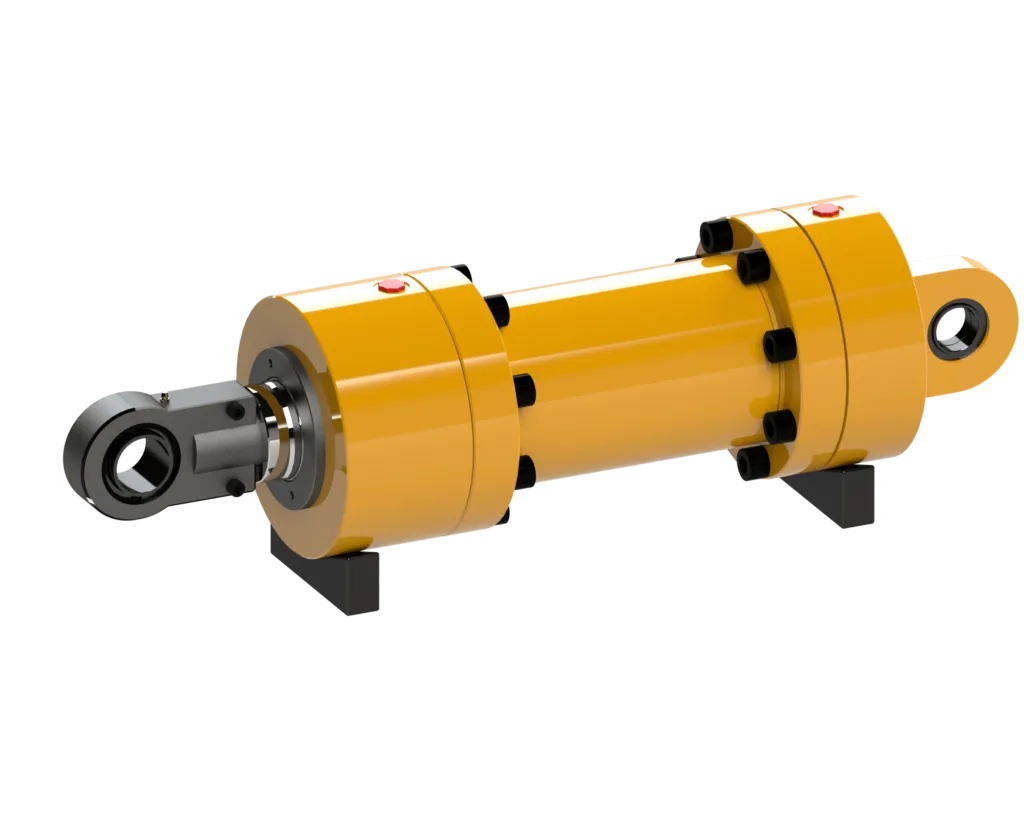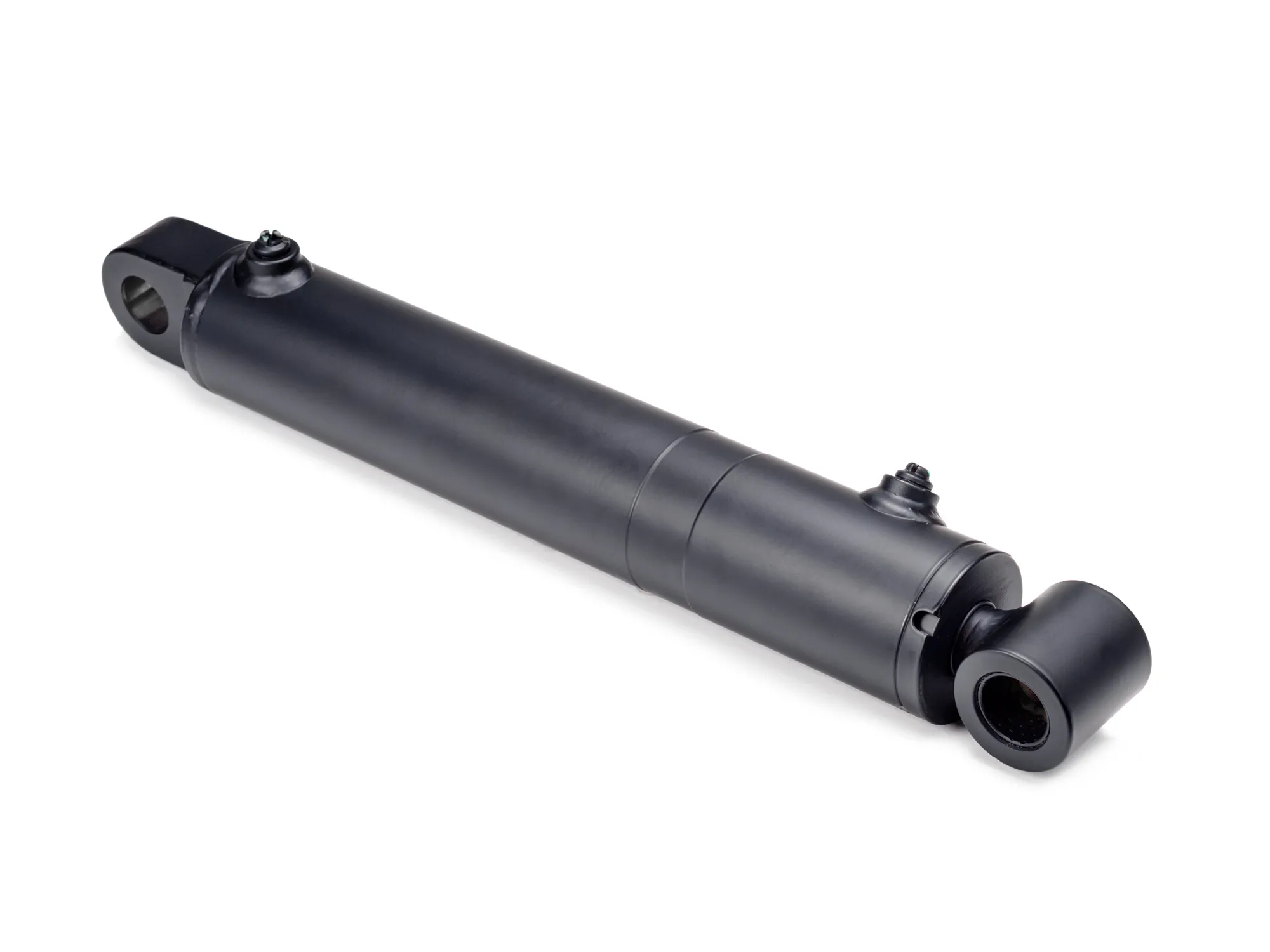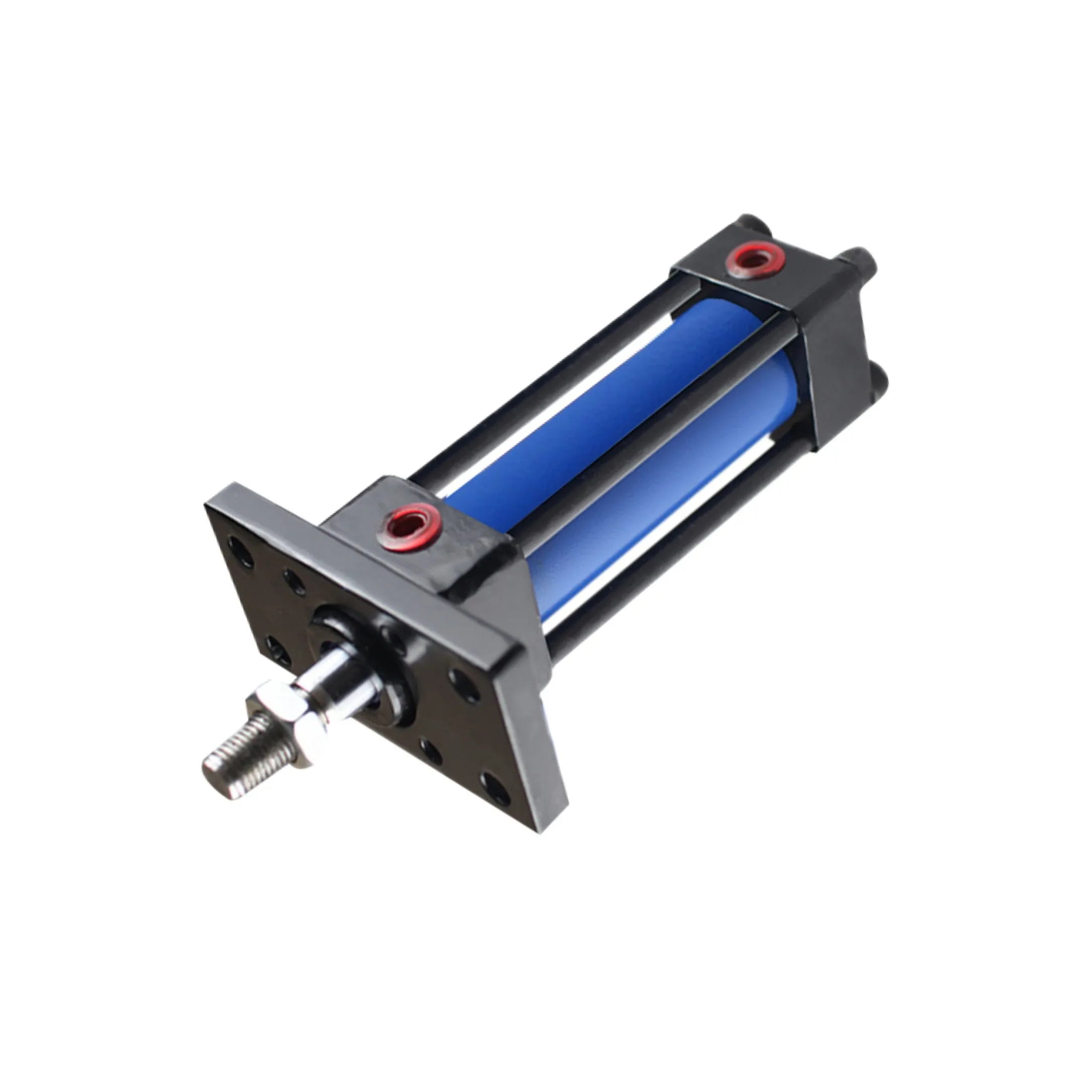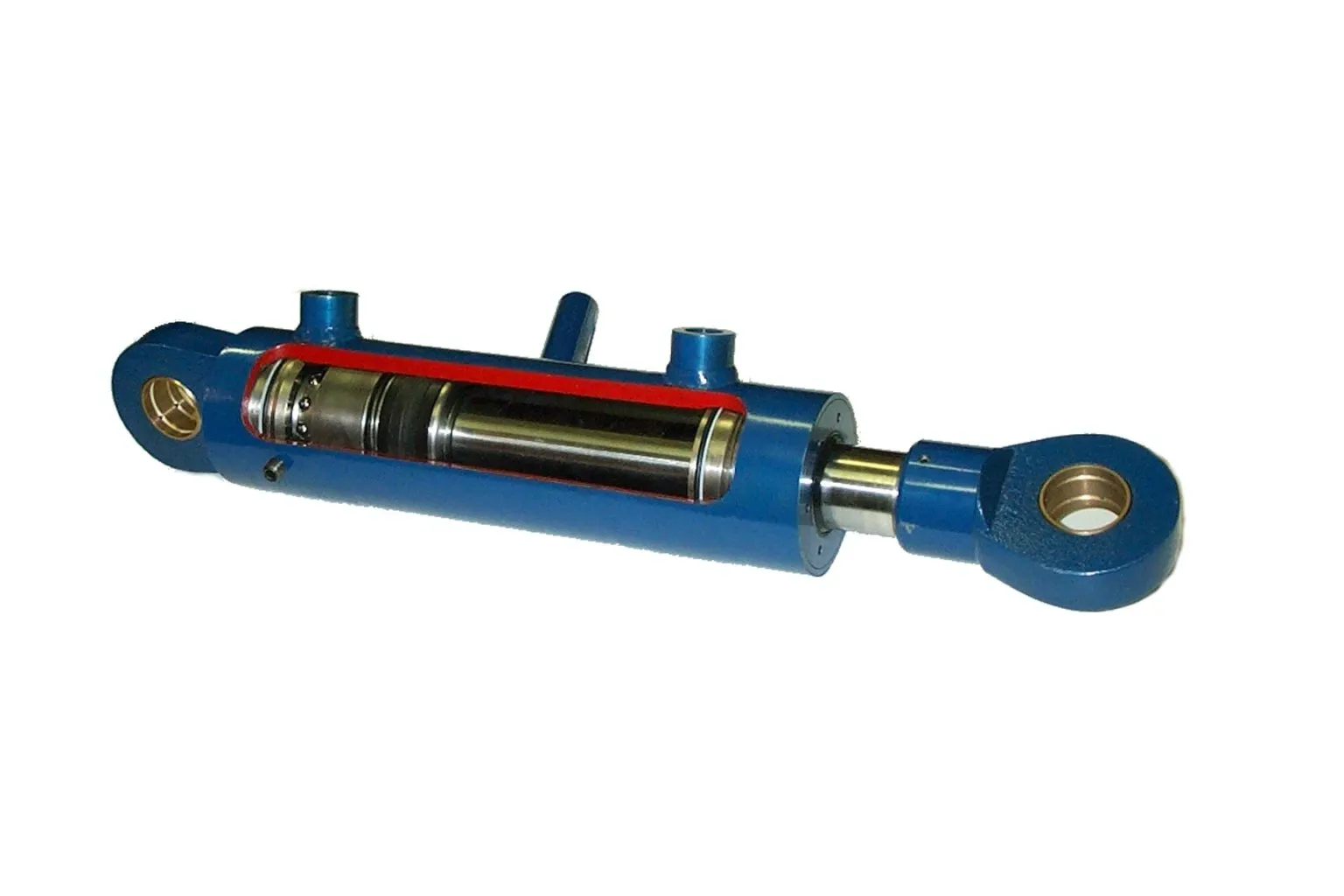Understanding Locking Single-Acting Hydraulic Cylinder For Material Handling Systems
The locking single-acting hydraulic cylinder is a crucial component in material handling systems that operates under hydraulic pressure in one direction and features a locking mechanism to prevent movement in the absence of pressure.
Design and Construction Characteristics
The design of the locking single-acting hydraulic cylinder is characterized by its locking mechanism, which ensures safety by keeping the piston in place when hydraulic pressure is lost. This mechanism can be either mechanical or hydraulic, depending on the application requirements.
- Variety: The locking mechanism can be customized with options like spring-loaded devices or pin locks for different applications.
- Compact Structure: These cylinders are designed to be compact, optimizing space in limited environments and making them suitable for various equipment and machinery.
- Precision Manufacturing: Components undergo high-precision machining to ensure proper fit, sealing performance, and to prevent leakage. Strict quality control measures are in place during production to ensure reliability.
- Assembly Process: Specialized technicians handle the assembly process, ensuring correct installation and calibration of components. Pressure tests are conducted post-assembly to confirm performance and tightness.
Working Principle
The locking single-acting hydraulic cylinder operates by using hydraulic pressure to extend the cylinder and push the piston outward. The locking mechanism prevents the piston from retracting under load, ensuring safety even if the hydraulic system loses pressure.
Types and Configurations
Three main types of locking single-acting hydraulic cylinders are available, each with unique configurations tailored to specific applications.
- Pin Locks: Mechanical pins hold the piston in place.
- Latch Mechanisms: Latches secure the piston to prevent movement.
- Hydraulic Locks: Pressure is maintained in a specific chamber to lock the piston in position.
Benefits
The locking single-acting hydraulic cylinder offers several advantages for material handling systems:
- Enhanced Security: Prevents accidental retractions, improving operator safety.
- Reliability: Designed to operate effectively under high loads and varying conditions.
- Simplicity: Easy to operate and maintain, making it user-friendly for various applications.

Applications
Locking single-acting hydraulic cylinders are commonly used in construction equipment, manufacturing, transportation, and aviation for their stability and safety features.

Design Considerations
When selecting a locking single-acting hydraulic cylinder, factors such as bearing capacity, sealing, durability, safety, and maintainability should be carefully considered to ensure optimal performance.
Sealing and Lubrication
Proper sealing with materials like polyurethane and nitrile rubber, along with regular lubrication, is essential for the longevity and efficiency of the hydraulic cylinder.
Maintenance and Troubleshooting
Regular inspections, preventive maintenance, and troubleshooting measures are necessary to ensure the proper functioning of the locking single-acting hydraulic cylinder.

Unit Power and Optimization
The unit power of the hydraulic system can be optimized by considering factors like cylinder diameter, stroke, operating pressure, piston speed, and load conditions to enhance efficiency and reliability.
Safety and Environmental Considerations
Safety measures must be prioritized when using locking single-acting hydraulic cylinders to prevent accidents and ensure environmental sustainability.
Company Focus
We are a leading hydraulic cylinder replacement manufacturer, offering a complete product line, professional services, international certifications, customized solutions, top-notch production equipment, and excellent after-sales support.

Author: lyl
